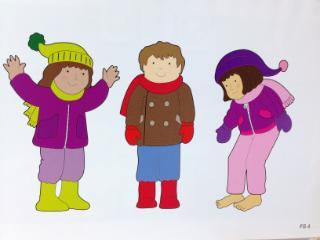Language Assessment
Clinical Evaluation of Language Fundamentals - 4th Edition (CELF-4)
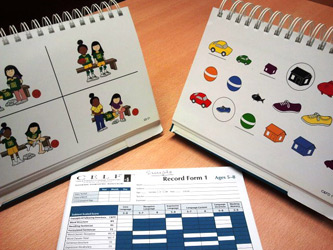
This is a test for determining if a child (ages 5 through 21 years) has a language disorder or delay. It looks at children’s understanding of language, for example their ability to follow directions, their understanding of concept words, their understanding of sentences that include different aspects of grammar and their ability to categorise objects that go together. It also tests children’s expressive language, for example, their ability to name pictures, to create and repeat sentences and to explain why different objects go together. There are six main subtests - three examining receptive and three examining expressive language skills.
Receptive language Subtests (understanding language)
Concepts and Following Directions (Age 5-12)
This evaluates a child’s ability to process instructions of increasing length and complexity, remember the order that information is presented and scan a range of objects presented in picture format.
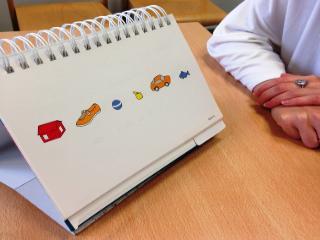
Word Classes (Age 5-7)
This looks at a child’s ability to understand why two or more items are related by meaning, for example ‘chair’ and ‘table’. Children are presented with three pictures and asked which two go together the best.
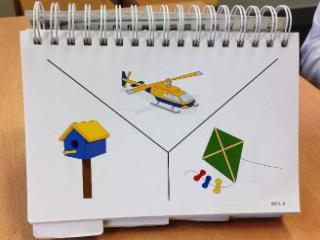
Word Classes (Age 8-16)
This looks at a child’s ability to understand why two items are related by meaning. Children are presented with four spoken words (no pictures) and asked which two go together the best. Then they must explain WHY the two words go together.
Sentence Structure (Age 5-8)
This looks at the child’s ability to understand spoken sentences of increasing length and complexity.
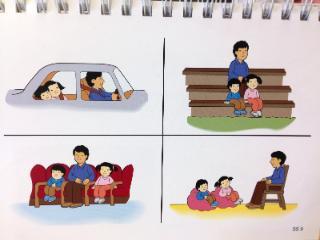
Expressive language Subtests (spoken language)
Word Structure (Age 5-8)
This subtest looks at the child’s use of grammatical rules in expressive language - such as plurals -s, prepositions -in-on, tenses -ing-ed and pronouns -her-she.
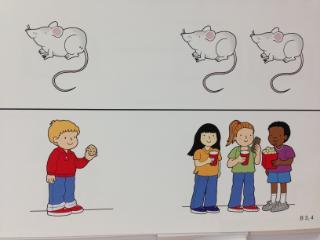
Recalling Sentences (Age 5-16)
The subtest requires the child to imitate sentences presented by the examiner. This tests the child’s ability to recall and reproduce sentences of varying length and complexity.
Formulated Sentences (Age 5-16)
This evaluates a child’s ability to make sentences about different pictures incorporating a particular word. The words increase in complexity, from concrete objects (e.g. car) to more abstract concepts (e.g. unless).
